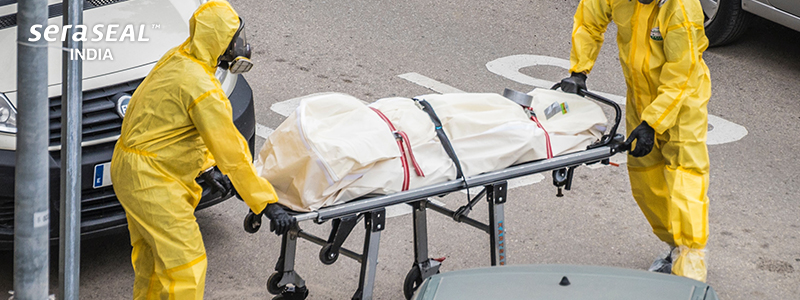As we all know, haemophilia is a rare genetic blood disorder; the person might even lose his life due to blood loss.
According to the data summarized by the National Library of Medicine, shows that India has the second-highest number of haemophilia A patients. The estimated number of patients could be around 50,000, and the reported number is 11,586.
How can we stop babies from being born with this disorder? As it is a genetic disease, family planning and prenatal diagnosis can be of great use in preventing these diseases before birth itself.
Family planning, pregnancy, and childbirth
As many prenatal tests are invasive, the risk of having a baby affected by haemophilia can be understood by genetic counselling prior to pregnancy.
Genetic counselling tests include:
- Amniocentesis
- Chronic villus sampling
The parents with a family history of hemophilia are provided a way to screen their unborn child for this genetic blood disorder.
Women carrying the blood disorder- causing mutation on one X chromosome – may have a normal pregnancy without bleeding complications. However, the mother would experience mild bleeding due to low clotting factor levels in some cases.
Planning a safe pregnancy
The first step of planning a safe pregnancy is for the mother to be aware of her carrier status. the Factor levels should be closely monitored during pregnancy to minimize the risk of blood loss and other complications. If the factor levels are low, precautions should be taken in advance to reduce the risk of any significant bleeding complications during labour.
As a pregnant woman with hemophilia carries a higher risk of complications and bleeding, the delivery is done vaginally. In addition, post-Partum hemorrhage can be triggered after delivery due to falling clotting factor levels. According to the National Library of Medicine, the female remains at risk of postpartum hemorrhage till six weeks after delivery.
After birth, the newborn who shows signs of excessive bleeding or has hemophilic parents is immediately tested. After six months of age, another blood sample is taken to confirm the diagnosis.
How can SeraSeal™ India help?
As the hemophilic patient’s bleeding cannot stop on its own due to a lack of blood-clotting proteins, they may suffer from significant blood loss. As bandages are not enough, there arises a need for a revolutionary hemostatic agent. Swasth Kare has brought to us SeraSeal™ – the World’s first and Only primary hemostatic agent that stops bleedings in seconds.
The active agents in SeraSeal™ are agar, Factors IIa, VIIa, IXa, and Xa, which are effective in Hemophilia A and Hemophilia B patients and all other forms of coagulopathy.
Agar in SeraSeal™ adds another layer of hemostasis to a bleeding wound by binding to the patient’s platelets to form a platelet plug to seal the wound. Agar is effective in patients on platelet inhibitor therapy by binding to the ions of platelet phospholipids and cations from amine groups in the fibrinogen/fibrin monomers and tissue proteins to form a gelatin barrier over the wound.
Hemophilia A: The active factor Xa in SeraSeal™ bypasses the patient’s Factor VIII deficiency and catalyzes the common coagulation cascade system at Factor X to form a Fibrin clot within seconds. In Hemophilia B: The active factor IXa in SeraSeal™ bypasses the patient’s Factor IX deficiency and catalyzes Factor VIII in the intrinsic coagulation cascade system, creating a Fibrin clot within seconds.
To know more about this product, contact us today!
Reference Links:
- https://www.ncbi.nlm.nih.gov/pmc/articles/PMC4181156/#:~:text=This%20review%20article%20summarizes%20the,could%20be%20around%2050%2C000%20patients
- https://haemophilia.org.uk/bleeding-disorders/haemophilia-a-and-b/haemophilia-pregnancy-and-childbirth/
- https://hemophilianewstoday.com/women-with-hemophilia__trashed/pregnancy-and-hemophilia/




